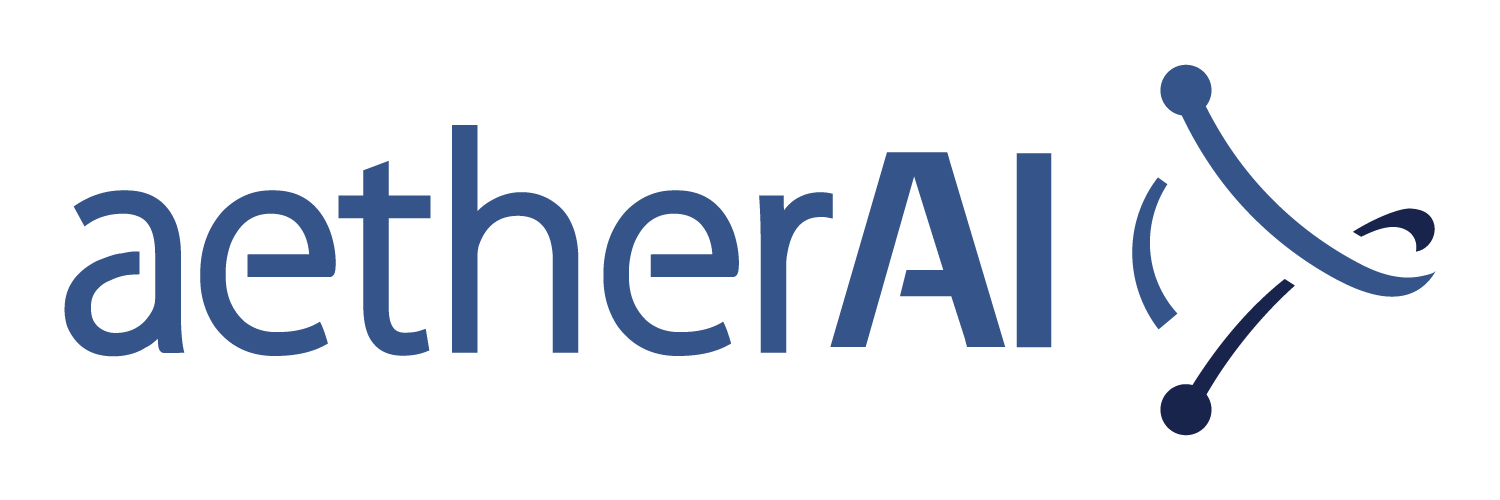Paige: Transforming Drug Discovery and Scientific Innovation with Foundation Model Technology
By now, AI’s ability to enhance diagnostic efficiency and reduce cancer detection errors is well documented, delivering benefits to pathologists and patients globally. Still, these outcomes are only the beginning of what AI can offer to the field of cancer care. Beyond replicating tasks humans can do without AI assistance, albeit with more time and less consistency, AI’s true power lies in its ability to uncover revolutionary new insights – insights that could change the way we understand this complex disease and empower more precise, effective treatments.
With the introduction of Foundation Models to pathology and oncology, this power has never been more accessible. Trained on vast and diverse datasets to have a comprehensive knowledge of cancer, Foundation Models deliver the ability to develop specific downstream applications capable of effectively identifying rare cancer features, novel biomarkers, and other critical tissue information with high accuracy, but without the time, resource, and cost burdens of traditional development.
In this way, Foundation Models allow AI researchers to not only build the tools they need for their existing drug discovery and development projects more rapidly and with better performance, but to unlock new capabilities that will bring scientific innovation to new heights, delivering the promise of precision medicine to all patients.
Paige’s Foundation Models
Paige’s AI expertise, world-class pathology dataset, and partnerships with leading technology companies have empowered us to build a suite of Foundation Models unlike any in pathology to date, specifically positioned to help accelerate cancer care. Virchow, our model trained on 1.5 million whole slide images, is the largest image-based model in pathology and oncology. Building off Virchow, Paige also introduced PRISM, a multi-modal slide-level model. Each of these models has already been shown to support powerful capabilities like cancer detection across 16 tissue types, biomarker prediction from H&E-stained slides, and even automatic clinical report generation.
More importantly though, their revolutionary scale means they can act as the foundation for life sciences companies to accelerate their own unique breakthroughs; By licensing access to our existing and future innovative Foundation Model technology, life sciences companies can overcome their most critical challenges with data and development to accurately and efficiently build custom AI models across any research and development, experimental studies, clinical trials, or commercial needs.
Use Cases: How Foundation Models Can Support Life Sciences Innovation
Biomarker Discovery
A key area where this technology can be particularly transformative is biomarker discovery. Today, acquiring the tissue samples needed to train an AI application to accurately detect a given biomarker is extremely time and resource intensive. Building on top of Paige’s Foundation Models, on the contrary, is highly data efficient; With a robust base knowledge of cancer and deep learning capabilities, the Foundation Models require less data than traditional AI to achieve the same or better accuracy. For example, with PRISM, only 10% of the training data was necessary to meet or exceed the maximum performance in detecting breast-CDH1 and bladder-FGFR attained without pre-training.1
Outcome Prediction
Similarly, outcome prediction is often limited by data challenges, as certain cancer types or biomarkers that may be of interest for pharmaceutical projects are very rare. Even with unlimited time or budget, it would be medically impossible to acquire the number of samples needed to build a traditional AI application. Using the Foundation Models as a base, though, makes a small dataset much more powerful. Having learned from over 1 million slides, the Virchow Model can recognize patterns an application would not be able to learn from say, 100 patients, and then apply that knowledge to the highly specific, smaller scale dataset, even if it has not seen those particular patient samples before. This advanced learning head start would help directly combat data scarcity to unlock information from smaller patient populations, ensuring better treatment options for even rare disease.
Tumor Micro-Environment and Spatial Biology Analysis
Finally, traditional AI models for both tumor micro-environment analysis and spatial biology rely heavily on multiplex immunofluorescence, in which the various cell types are labeled with antibodies. The throughput of these technologies is quite limited, they are very costly, and interpretation of the data remains challenging. Alternatively, models can be trained via supervised learning, which requires a massive amount of manually annotated data. This is similarly time-consuming, labor-intensive, and often limited by the availability of high-quality annotations. The complex spatial organization and diversity of cell types within tissues also add to the challenge.
Foundation Models, however, have inherently learned the common patterns of both tumor micro-environments and general tissue spatial organization, thus requiring only a small amount of annotated data to fine-tune their outputs for specific objects of interest. This knowledge can be applied to build robust downstream applications that can accurately identify cells and tissues, map spatial distributions, and understand cellular interactions, even without being explicitly trained on these specific tasks.
Ultimately, the power of Foundation Models is twofold: firstly, they represent a reliable way to overcome the barriers to drug discovery that have so far been restricting precision medicine’s progress, including issues with data acquisition, costs of development, time to discovery, resource limitations, and more. Secondly, and perhaps more significantly, they open a world of possibilities that did not exist before, allowing researchers to uncover valuable information from even small datasets that can propel new discoveries and power scientific breakthroughs that change how we understand cancer and how to treat it completely. Our hope is that, with Foundation Models in the hands of innovators globally, we will ultimately see more effective treatments coming to market and better outcomes becoming a reality for more patients.
Ready to get started? Contact bd@paige.ai
1Shaikovski, G., et al. (2024). PRISM: A Multi-Modal Generative Foundation Model for Slide-Level Histopathology. arXiv. https://arxiv.org/abs/2405.10254

































